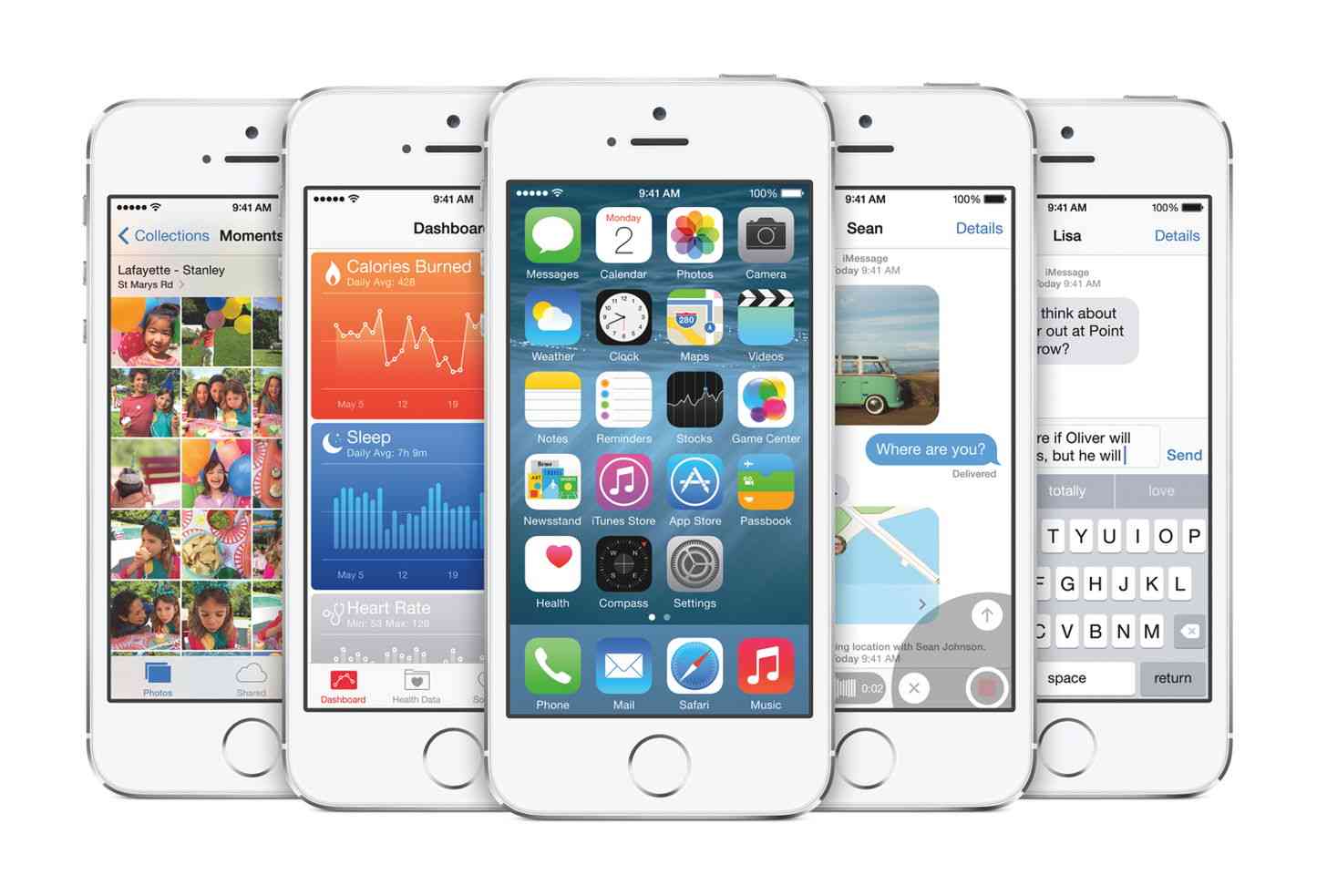
iOS has been around longer than any other smartphone OS at this point – at least, in their current forms (BlackBerry 10 is technically a separate platform). Because of this, iOS has a lot to offer in comparison to other smartphone platforms, namely when it comes to app selection and stability; with that in mind, there is an exception to that statement. Despite it being one of the oldest smartphone operating systems available, it’s still missing what many consider to be a crucial feature in smartphones today: user profiles.
Growing up, my family had one computer in the house, which ran on Windows. Windows allowed different user accounts on one computer, so we kids had one profile and our parents used another. This was good for keeping our stuff separate and to limit us in what shenanigans we could accomplish. These were big, clunky computers, though, so it was considered normal for there to only be one in the house. User accounts made perfect sense.
Smartphones, on the other hand, are more personal, and it’s not as likely for somebody to be sharing their phone with other people – unless you’re a parent.
Obviously this doesn’t affect everybody, but there are a large portion of parents out there who would love to use their phone as a distraction for their restless children every once in a while, rather than carry around a bunch of toys that they’re not interested in. Kids like having what their mom or dad have, and while smartphones have a wide range of educational apps and games that are catered for kids, without a separate user profile the kids still have access to the rest of the phone. Thanks, but no thanks.
Windows Phone, in my opinion, tackled this issue perfectly with the implementation of Kid’s Corner. Seriously, if I had to choose one thing I loved most about Windows Phone, Kid’s Corner was it. It was easy to show my son that all he had to do was swipe from right to left on the start screen, and he would be presented with a special lock screen of his own – the normal one was guarded by a passcode. He would then be taken to a start screen that was personalized for him by me, so he only had access to very specific apps. The volume was only allowed to reach a certain loudness as well (I think 13 was the max, as opposed to 30 which is the normal max). Easy peasy.
Android’s separate user profiles that was implemented in KitKat for tablets, and then in Lollipop for phones, is also a decent option. Not as easy or as secure as Windows Phone’s version in my opinion, but at least they’re constantly enhancing the shared user experience. Even then, there are a couple of decent app options to restrict child limits on an Android phone – I personally like Zoodles.
But then you have iOS, who ignores the concept altogether. Now, don’t get me wrong, my kid won’t die if he doesn’t get to play with my phone (even if he acts like it sometimes) but it would be nice to be able to hand him the phone for a couple of moments and not be terrified that he will send e-mails or messages to people, and then I have to do the damage control when I get it back. Nope, nope, nope. Not happening. Before he learned how to spell and do much with the phone I had no qualms turning off Wi-Fi, putting the phone in airplane mode and otherwise putting the phone in full-on lockdown for him aside from whatever game he’s playing, but now that he’s older he knows how to fix these issues; hence the want for kiddie user accounts.
Smartphones might be personal for the most part, but not all parents are willing to give their preschooler a smartphone of their own. It would be nice if we had the option to easily switch the phone to kid mode, and switch it back just as easily.